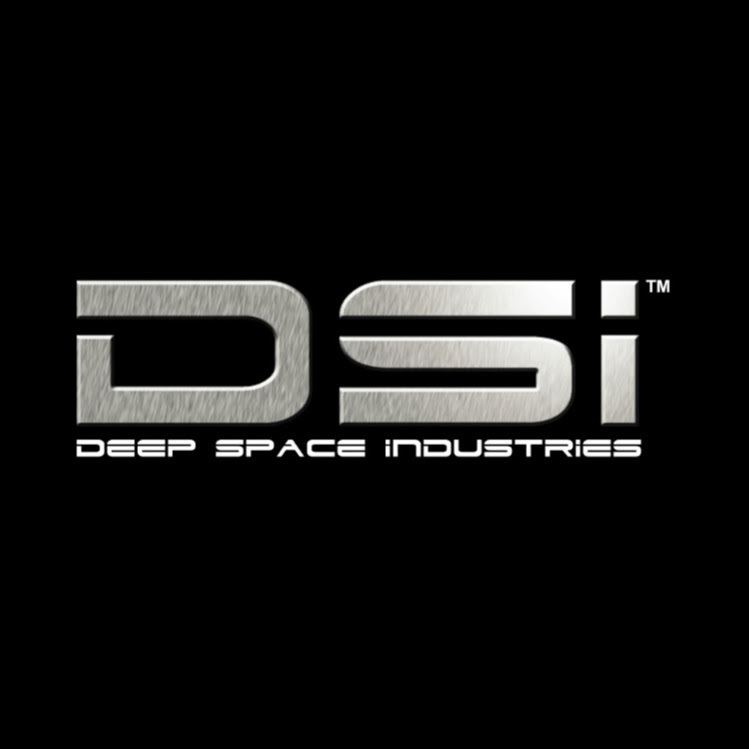Founded 22 January 2013 | Headquarters Mountain View | |
 | ||
Industry Space technologySpace resourcesSpace exploration Products FireFly 1, 2, 3DragonFly 1, 2 3Harvestor 1MicroGravity Foundry Website www.deepspaceindustries.com Profiles | ||
Deep Space Industries, or DSI, is an American privately-held company with global operations, operating in the space technology and resources sectors. The company is developing spacecraft technologies that are needed for asteroid mining, and is currently selling satellites that use these technologies. DSI is expecting to make in-space materials, extracted from asteroids, commercially available in the early 2020s, include space-based refueling, power, asteroid processing, and manufacturing.
Contents
Daniel faber deep space industries 9 25
History
DSI was formally announced on January 22, 2013 and at the time had three spacecraft and patent-pending microgravity manufacturing technologies under development. According to David Gump, founding CEO, speaking at the company's launch in Santa Monica, California, another early goal of the company was to refuel communications satellites that contain a refueling interface. He also projected that NASA could be a potential customer, with DSI fueling manned and robotic Mars missions in low Earth orbit before they set off for the red planet. Long term, DSI indicated that they planned to construct large communications platforms and space-based-solar-power satellites. Long-term plans envision the development of space colonies and vehicles from asteroid material.
As of January, 2013, DSI was seeking US$20 million in order to further the development of its technologies and spacecraft.
As of 2013, the company CEO was David Gump, previously of Transformational Space Corporation and Astrobotic Technology. Chairman Rick N. Tumlinson is a founder of the Space Frontier Foundation, among other organizations in the field of space exploration. Sometime prior to August 2016, Daniel Faber became the CEO.
Deep Space Industries won a contract to design a bitcoin spacecraft and associated constellation to broadcast the latest completed bitcoin block in April 2014. NASA awarded the company two contracts for analysis and advice on the space agency's Asteroid Redirect Mission in June 2014.
In December 2014, DSI announced a "mothership" spacecraft designed to deliver up to a dozen nanosats to trajectories that are beyond Earth orbit for applications such as exploring distant asteroids.
Concepts
The first spacecraft concept proposed by Deep Space Industries, the 25 kg (55 lb) FireFly, was designed to be able to visit asteroids and do a mineral survey, in advance of mining. Constructed using inexpensive CubeSat components, FireFly was to share rockets with much larger communications satellites in order to reduce costs. DSI's second satellite concept was termed DragonFly and was, in 2013, projected to launch in 2018 with the objective to transport up to 150 kilograms (330 lb) of asteroid material back to the surface of Earth. A third design concept was put forward in 2014: a DSI "mothership" that could carry up to a dozen nanosats to beyond Earth orbits. This larger craft was to have been approximately 0.91 m × 0.46 m (3 ft × 1.5 ft) and mass about 150 kilograms (330 lb). The smaller probe sats that could be carried would be approximately 15 cm (6 in) cubes. The mothership would provide deep space communication capability with Earth for the entire swarm of smallsats.
As of 2013, DSI hoped to begin actively mining asteroids for their metals and water by 2023. Water may be split into hydrogen and oxygen,to be used in propellant depots supplying interplanetary spacecraft on long journeys with rocket fuel. Precious metals such as platinum-group metals mined from the asteroids may be brought to Earth for further processing and sale, whereas other metals could be used to create large communications platforms or space-based solar power plants. These may initially be used in disaster-stricken areas and military bases before they are used for clean power and communications across the planet.
In order to aid in the processing of metals from asteroids, Deep Space Industries developed a 3D printer known as the MicroGravity Foundry, which is, in the words of company co-founder Stephen Covey, "the first 3D printer that creates high-density, high-strength metal components even in zero gravity". The conceptual MGF-3 Series is planned for in space as an exterior module rack attachment. Future versions of this technology, represented by the MGF-4 series, were intended to be a much larger-scale version of the MGF-3 module exterior rack attachment series. The MGF-4, together with robotic armature rail components, could be used to assemble both communications and space-based solar power arrays.
Current spacecraft designs
As of August 2016, DSI is working on a series of spacecraft to develop technologies needed for asteroid operations, and to begin prospecting at suitable asteroids, with partial financial support from the Government of Luxembourg.
Criticism
The announcement of DSI was met with both praise and criticism. Several unnamed scientists have questioned whether cost-effective asteroid mining could even be accomplished given competition in Earth terrestrial markets and the high-cost of returning high-value minerals to Earth. However, DSI has responded to these statements by stating that the majority of the materials mined—principally water—would be destined for use in space, thus avoiding the enormous fuel costs of repeatedly returning to and escaping from Earth's gravitational field, and additionally, that servicing communications satellite constellations could earn the company $5 to 8 million per month.
Whether Deep Space Industries would be competing in similar services as Planetary Resources was also questioned. In particular, Planetary Resources has not released information on their intentions for processing, power generation, or in-space manufacturing hardware and equipment. Deep Space Industries has not yet announced its spacecraft manufacturing partnerships for the FireFly 1.
